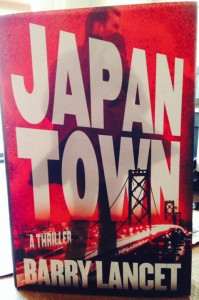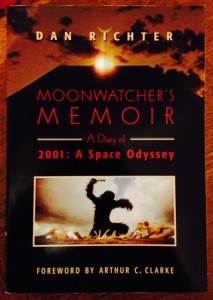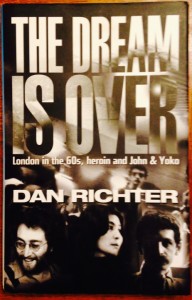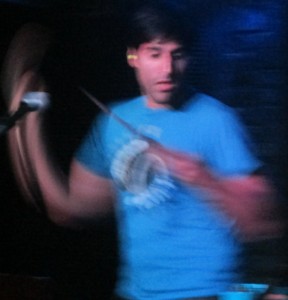CBO Report on Obamacare Points to More Economic Justice Over Next Decade
Republicans have seized on news reports of the new Congressional Budget Office (CBO) forecast about ObamaCare’s impact on the country over the next decade. The righties instantly and loudly pointed to what they claim is a finding that more than 2,000,000 jobs will be lost between now and 2024. Unfortunately, so far the media is playing along with their false reading of the study. On his Plum Line blog Greg Sargent has a corrective commentary with an actual quote from the report, followed by a summation of his own:
“‘The estimated reduction stems almost entirely from a net decline in the amount of labor that workers choose to supply, rather than from a net drop in business’ demand for labor, so it will appear almost entirely as a reduction in labor force participation and in hours worked relative to what have occurred otherwise rather than as an increase in unemployment (that is, more workers seeking, but not finding jobs) or underemployment (such as part-time workers who would prefer to work more hours per week).’
The CBO report actually says that the impact of the ACA will be ‘almost entirely’ due to a decline in labor that ‘workers choose to supply.’ It says explicitly that the ACA’s impact will not be felt as an ‘increase in unemployment’ or ‘underemployment.’”
Useful and necessary as Sargent’s correction is, I’ll add an interpretation of mine, based on my own experience working in the freelance economy since 2009. That’s when a corporate publishing layoff cost me a full-time job, and my family what had been our employer-based health insurance. For five years–until this month, when we could finally get affordable coverage under the new law–the cost of private health insurance premiums has been an onerous burden on our household economy.
I interpret the CBO forecast as pointing to the likelihood that in future there will be fewer Americans working full-time jobs at major corporations with health insurance attached, as was our national norm in the 20th century. This was an American anomaly, not an historical inevitability, one of those times when our vaunted “exceptionalism” didn’t serve the national interest. This benefit offered people security, but only if you had a full-time job. It also shackled people to jobs they might not have otherwise continued working at. I anticipate that with health insurance reform, many more people will be able to be self-employed while finally enjoying reliable and affordable coverage. The CBO report suggests my hope could become reality.
Since President Obama’s election in 2008, when health insurance reform came back on the national agenda for the first time since the Clinton years, I’ve hoped that reform might unleash many enterprising solo and small shop operators. No longer tethered to corporate jobs, people would be able to take reasonable risk to start a business on their own or with a couple partners, confident that even if their new idea fails, they won’t have to spend down their security to keep themselves from being exposed to the truly terrible risk of illness without insurance. With many more people working for their dreams, we could become to a greater extent, a nation of entrepreneurs, business-builders, and job creators. This is something that pro-market conservatives always tout, so they ought to cheer for health reform that unleashes a new era of entrepreneurial energy.
I miss certain aspects of big-company employment, and continue to apply for full-time jobs as appropriate, and might be glad to take one, but my larger preference is that the economy just begin to grow again with many millions of flowers blooming. I will add that if the country had not been forced to endure unwarranted austerity through Republican obstructionism the past five years, the editorial & publishing services consultancy I started in 2009 would’ve grown much faster. As to the CBO’s point that people will choose to work fewer hours, I see nothing wrong with people spending more time with their families, traveling, and enjoying new recreational pursuits. With so many of us having suffered financial pain since 2008 it would be economic justice indeed if by 2024 we’re all doing so well that people can work less while enjoying it more.










